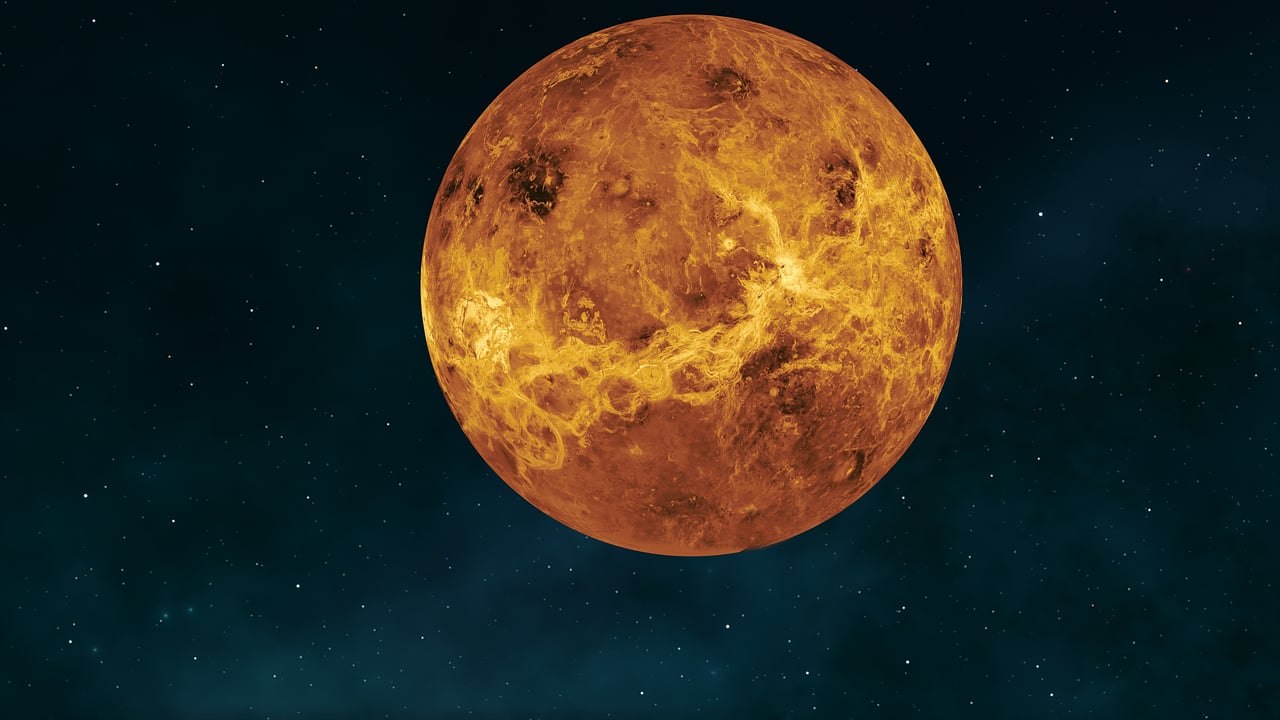
Pre-reading questions:
- Do you think it is important for scientists to continuously update their knowledge
and understanding of space exploration findings? - Are you familiar with any planets?
Vocabulary:
- previous /PREE-vee-uhs/
- active /AK-tiv/
- flow /floh/
- plain /pleyn/
- mile /mahyl/
[adjective] – happening or existing before something or someone else
She had read the previous chapters of the book before attending the lecture.
[adjective] – currently erupting or showing signs of volcanic activity
The seismic activity indicated that the region’s volcanoes were becoming
more active, prompting evacuation preparations.
[noun] – the movement of any liquid or fluid substance
The flow of water from the faucet was steady and clear.
[noun] – a large area of flat land, often with few trees, typically found in regions where
the landscape is relatively level
The Death Valley in California is a desert plain known for its extreme
temperatures and barren landscape.
[noun] – a unit of distance equal to 1,760 yards or 1.6 kilometres
The national park stretches for hundreds of square miles, encompassing diverse
ecosystems and wildlife.
Article reading:
True or False:
- Sif Mons and a large volcanic plain in Niobe Planitia are newly discovered features on Venus.
- The lava flows on Venus’ northern hemisphere are different in scale from Earth’s volcanic activity.
- Understanding Venus’ volcanoes can provide insights into planetary heat and atmospheric effects.
- The radar scans did not show any correlation between the lava flows and the terrain’s slopes on Venus.
- There were no new volcanic features discovered on Venus besides Sif Mons and Niobe Planitia.
Fill in the blanks:
| previous | active | flow | plains | miles |
- The agricultural __________ of the Midwest are crucial for food production in the United States.
- The team reviewed the minutes from the __________ meeting to prepare for the upcoming discussion.
- The scientists detected several __________ volcanoes on the remote island, posing a significant risk to nearby communities.
- The new highway project will span several __________, connecting rural communities to urban centers efficiently.
- The __________ of oil through the pipeline was disrupted by a leak.